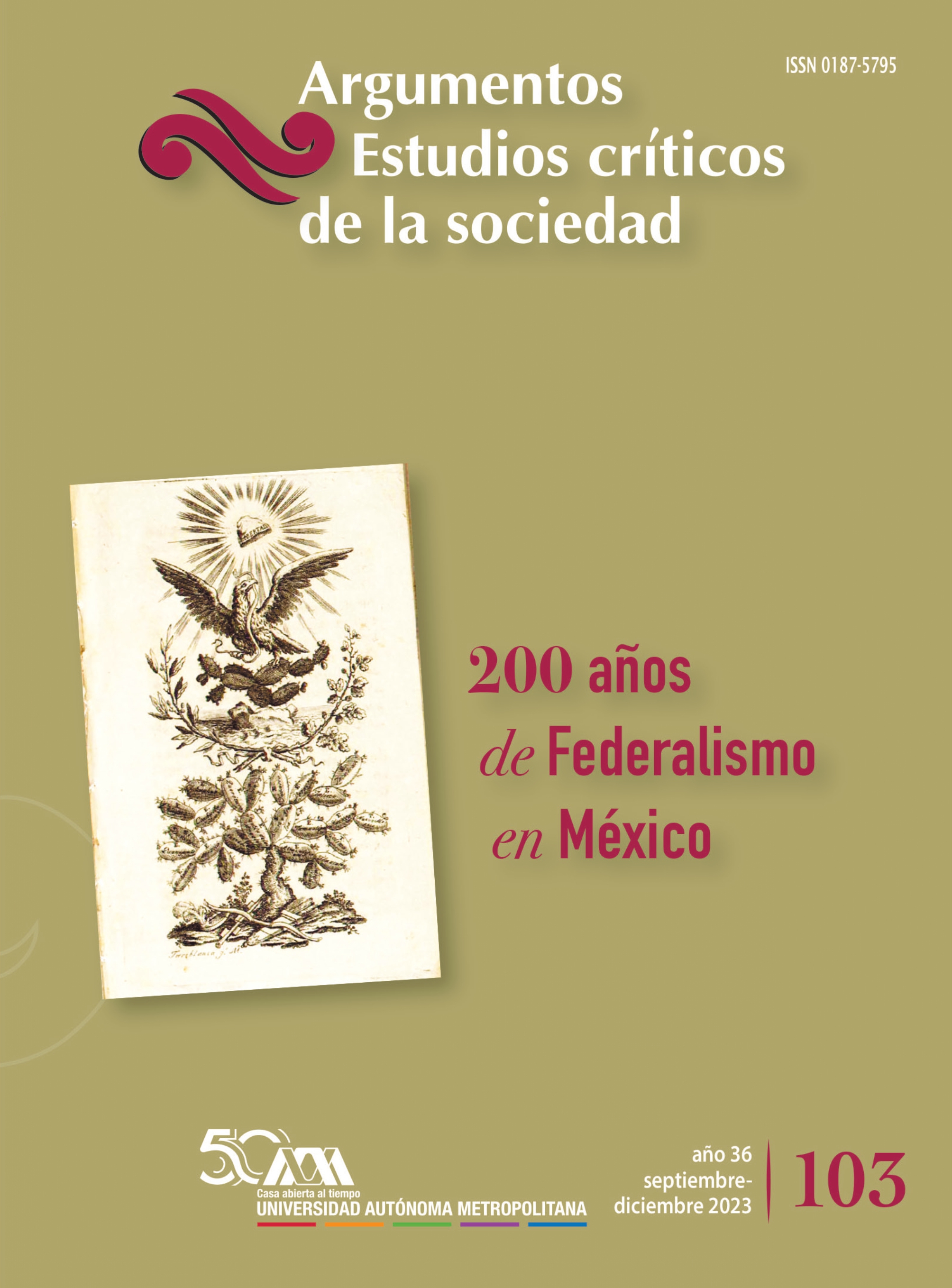La isla de los faisanes
Diego de Velázquez y Felipe IV. Reflexiones sobre las representaciones políticas
Abstract
The Island of the Pheasants..., is an article that it tries to explain the sense of the beginning of the decay of Spain like referring and conductive powerful and forced nation of Europe, the text approaches from history, the policy and the art, the importance of the encounter between the highest Spanish and Gallic authorities to begin to the settlement of the war of the thirty years, conflict that debilitated Spain and precipitated it to its decay. Nevertheless, this decay that would later harness years the ascent of borbones to the Spanish throne and would give rise to the reign of the King Sun, Luis XIV, period of maximum splendor in France, would contrast or better still it would make possible the age of greater cultural splendor and artistic production in Spain, the Century of Gold, time where it would bloom Literature, the art and the architecture, years that would be witnesses of the work of Quevedo, Lope de Vega, and by their position of their star more brilliant Diego de Velázquez.








